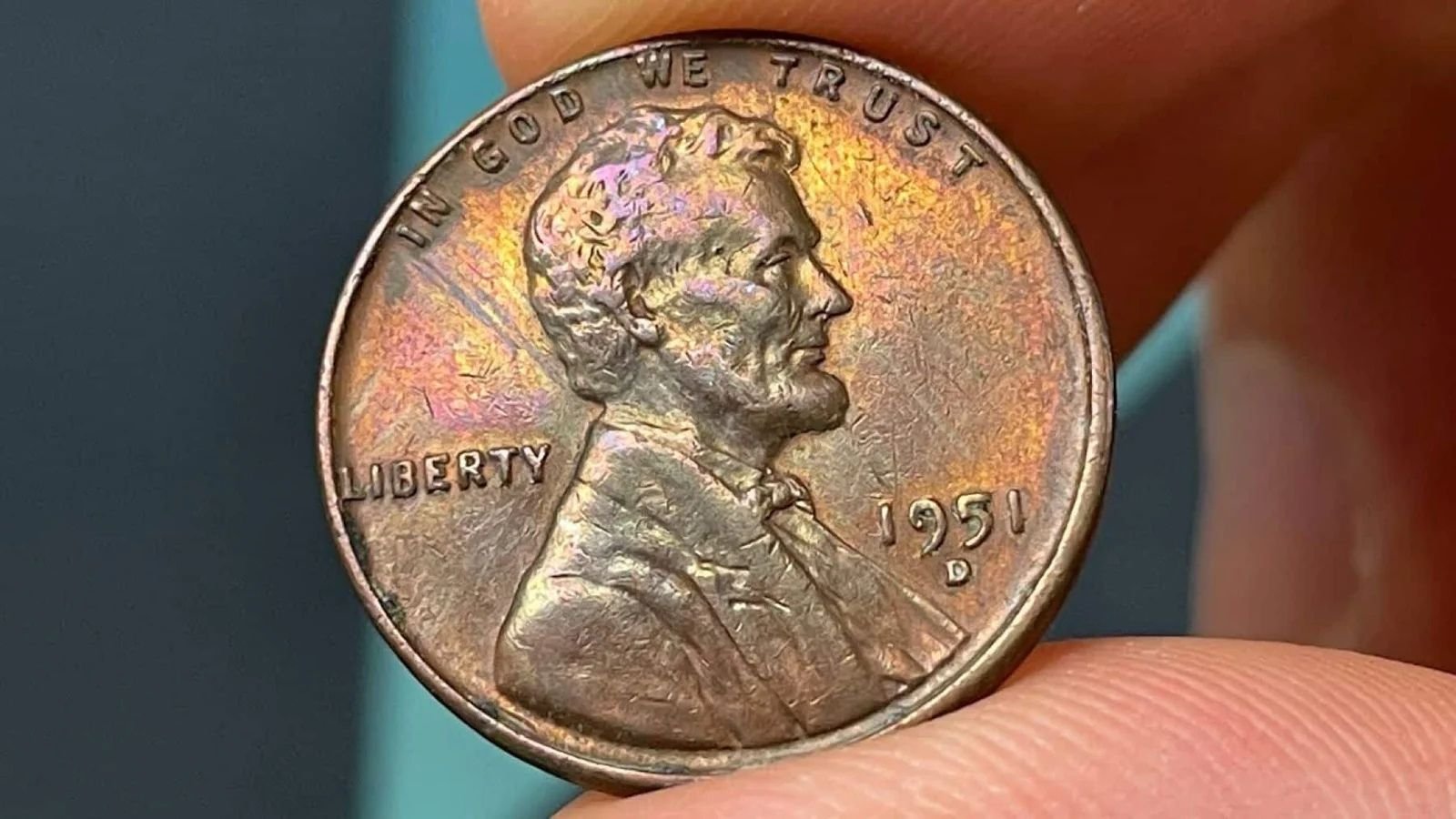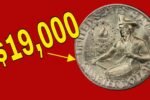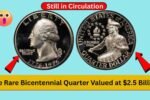In the fascinating world of rare coin collecting, few coins capture the imagination quite like the Lincoln Wheat Penny. While many of these coins are only worth a few cents, select variations have stunned collectors with their sky-high valuations. One story that made headlines involves a Lincoln Wheat Penny supposedly valued at an astronomical $99 million. While this jaw-dropping figure has fueled public intrigue and speculation, it also highlights the coin’s iconic status in numismatic history.
The Origins of the Lincoln Wheat Penny
The Lincoln Wheat Penny, officially known as the Lincoln cent, first appeared in 1909 to mark the 100th anniversary of Abraham Lincoln’s birth. This marked a pivotal moment in U.S. coinage—it was the first time a real person’s face graced a U.S. coin. Designed by Victor David Brenner, the obverse showcases a profile of President Lincoln, while the reverse features two stalks of wheat flanking the words “One Cent,” which earned the coin its popular nickname, “Wheat Penny.”
From 1909 to 1958, the Lincoln Wheat Penny remained in circulation with this reverse design. After 1958, the U.S. Mint transitioned to a Lincoln Memorial design, ending the Wheat Penny era. Despite their modest appearance, these coins carry rich historical significance and, in some cases, considerable monetary value.
The Alleged $99 Million Lincoln Wheat Penny: Myth or Reality?
Among the many incredible stories in the coin-collecting community, none have sparked more curiosity than that of the Lincoln Wheat Penny reportedly worth $99 million. At first glance, it sounds like an urban legend or a social media hoax designed to go viral. But the tale gained traction, particularly focusing on the extremely rare 1943 bronze Lincoln Wheat Penny.
To understand the hype, one must look back at 1943, during World War II. Due to a critical shortage of copper—needed for military equipment—the U.S. Mint switched from copper to steel planchets coated in zinc to mint pennies. However, a few leftover bronze planchets from 1942 were accidentally fed into the minting presses, creating a highly coveted error coin: the 1943 bronze Lincoln Wheat Penny.
Only a few of these coins were ever produced, and even fewer have been authenticated. One of these rare pennies fetched over $1.7 million at a public auction, showcasing its massive appeal to collectors. Still, no confirmed auction or private sale has placed the value of any Lincoln Wheat Penny anywhere near $99 million. Most experts in the numismatic community believe this sky-high number is either an internet fabrication or a wildly speculative estimate with no basis in reality.
Why the Lincoln Wheat Penny Remains a Hot Topic
Despite the unverified nature of the $99 million claim, the buzz around the Lincoln Wheat Penny hasn’t died down—in fact, it has encouraged both seasoned collectors and casual hobbyists to inspect their spare change more carefully. The notion that a life-changing sum of money could be hiding in a forgotten jar of coins is irresistibly appealing.
Even without the $99 million fantasy, certain Lincoln Wheat Pennies are genuinely valuable. Besides the famous 1943 bronze version, other rare dates and mint marks include:
- 1909-S VDB: The coin that started it all, with the designer’s initials on the reverse. Very few were minted in San Francisco, making it highly collectible.
- 1914-D: Another scarce coin due to low mintage numbers.
- 1922 Plain: A Denver-minted coin where the “D” mintmark was weakly struck or missing entirely.
- 1944 Steel: A wartime error like its 1943 counterpart, this coin was accidentally made from leftover steel planchets.
How to Identify a Valuable Lincoln Wheat Penny
With so many variations of the Lincoln Wheat Penny out there, how can you tell if you’re holding a rare gem? Here are a few essential tips:
1. Check the Date and Mint Mark
Look for the specific years and mint mark combinations noted above. Rare versions often have a “D” (Denver) or “S” (San Francisco) mint mark. The absence of a mint mark typically denotes the Philadelphia Mint.
2. Use a Magnet Test
The 1943 bronze Lincoln Wheat Penny should not be magnetic, while a standard 1943 steel penny will stick to a magnet. Similarly, a 1944 steel penny will also attract a magnet.
3. Inspect the Condition
Like most collectibles, condition matters. A coin in mint state (MS) or uncirculated condition can be worth significantly more than one that’s worn or damaged.
4. Seek Professional Authentication
Never rely solely on visual inspection or online forums. If you believe you’ve found a rare Lincoln Wheat Penny, consult a certified numismatist or send it to a coin grading service such as PCGS or NGC.
The Popularity of Coin Collecting in Modern Times
The resurgence in interest around rare coins like the Lincoln Wheat Penny has been aided by the internet, social media, and YouTube videos claiming unbelievable finds. While not all these claims are legitimate, they have brought new energy to the numismatic hobby.
It’s not just older generations—many young people are getting involved in coin collecting, lured by stories of pennies worth thousands or even millions. And while you may never stumble across a $99 million coin, discovering a Lincoln Wheat Penny worth even a few hundred dollars is entirely within the realm of possibility.
What Makes a Coin Valuable?
Several factors contribute to a coin’s value:
- Rarity: The fewer coins produced, the more valuable it becomes.
- Historical Significance: Coins tied to major events or changes in production methods are highly sought after.
- Minting Errors: Coins with errors—such as wrong planchets, double dies, or off-center strikes—can be worth a premium.
- Condition: Well-preserved coins command higher prices.
The Lincoln Wheat Penny often ticks all of these boxes, especially in its rare forms.
Frequently Asked Questions About the Lincoln Wheat Penny
Q1: Is there really a Lincoln Wheat Penny worth $99 million?
A: No confirmed or authenticated Lincoln Wheat Penny has ever sold for $99 million. The highest known sale is over $1.7 million for a 1943 bronze version.
Q2: Why are some Lincoln Wheat Pennies so valuable?
A: Rare years, minting errors, and exceptional condition all contribute to a coin’s value. The 1943 bronze and 1944 steel variants are especially rare.
Q3: Can I find a valuable Lincoln Wheat Penny in my spare change?
A: While rare, it’s not impossible. Coins from old collections or jars could potentially include a high-value Lincoln Wheat Penny.
Q4: How can I sell a valuable Lincoln Wheat Penny?
A: Consult a professional numismatist or submit the coin to a certified grading service. Auction houses and reputable dealers can help you find the right buyer.
Q5: Is it worth collecting Lincoln Wheat Pennies?
A: Absolutely. Even if you don’t find a million-dollar coin, many Lincoln Wheat Pennies have historical and sentimental value.
Conclusion: The Timeless Allure of the Lincoln Wheat Penny
The allure of the Lincoln Wheat Penny lies not just in its potential monetary value but in its historical and cultural significance. Whether or not a $99 million version actually exists, the fascination surrounding this humble coin remains strong. For collectors, the hunt continues—each penny examined could be the one that changes everything.
So, next time you receive change or sort through an old coin jar, take a moment to look closely. You might just uncover a hidden treasure. After all, the Lincoln Wheat Penny has proven time and again that even the smallest coin can carry a story—and possibly a fortune.
Some Important Link
| Telegram Group | Click Here |
| WhatsApp Group | Click Here |
| Home Page | Click Here |















